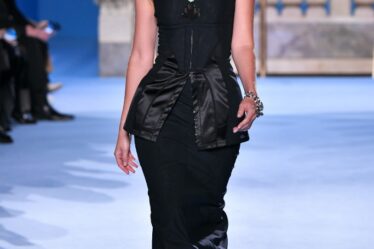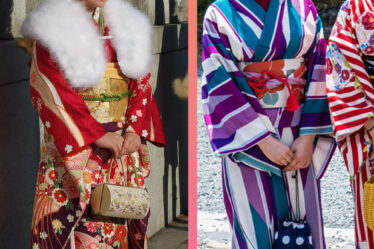
Collecting vintage clothing is more than just fashion. It’s also about celebrating the craftsmanship and making choices that are sustainable. Starting a vintage collection can be intimidating for those who are new to it. With a little guidance, vintage treasure hunting can be a rewarding passion or hobby. This guide is designed to give beginners the essential information they need to begin a vintage clothing collection. It will cover everything from where to look to their historical significance.
Understanding Vintage Clothing
It’s important to know what makes clothing vintage before you start your search. Vintage clothing is typically defined as garments at least 20 years of age. This allows you to see the fashions and styles of past decades. From the flapper dresses of the 1920s to the psychedelic prints in the 1960s, each decade has its own unique style. Understanding the context and history of these pieces can add depth to your collection, and guide your selections.
Where to find vintage clothingThrift Stores & Charity Shops
These shops are often treasure chests for vintage hunters and can offer some surprising finds at low prices. Regular visits and patience can pay off in shops located in historic areas.
Vintage Wholesalers
A vintage wholesale store typically allows you to buy vintage clothing in large quantities. Vintage wholesalers are a great option, should you wish to buy vintage clothing in bulk. When frequenting a vintage wholesaler you will be able to browse large quantities of vintage clothing and purchase it for a fraction of the price (although there is usually a minimum spend.)
Specialised Vintage Shops
These vintage clothing shops offer a refined search. The prices may be higher but the pieces are guaranteed to be authentic and of high quality.
Online marketplaces and auctions
You can find specific items on platforms like eBay, Etsy and vintage online shops. To avoid fakes, you should only buy from trusted sellers.
Estate sales, flea markets, and vintage fairs
They are great places to find one-of-a-kind pieces. These places offer the thrill of the hunt as well as the chance to feel and see items before buying.
Vintage Clothing Condition Evaluation
When adding an item to your collection, the condition is key. Here are some things to look out for:
Fabric Integrity
Look for signs of wear such as holes or tearing. Although some wear and tear is normal, make sure the garment can still be worn or displayed.
Stains and Odours
Vintage clothing may have stains from its former life. Check for stains and determine if they can be removed. Watch out for musty smells. They can indicate mould.
Alterations and repairs
Check to see if there are any alterations or repairs needed. Minor issues can be repaired, but major alterations could affect the authenticity and value of the piece.
Fastenings & Embellishments
Verify that zippers are working, buttons are in place, and embellishments such as sequins or embroidered designs are still intact. It is possible to replace missing elements, but the originals are always preferred.
Understanding the Meaning of Different Eras
Each period in fashion history has its distinct style, which is influenced by the social and cultural contexts of the time. Here are some highlights:
1920s
Flapper dresses, dropped waists and an emphasis on freedom and rebelliousness characterize this era, which reflects the social changes.
1930s-1940s
Elegant lines, austerity during wartime, and the introduction of stylish yet practical women’s clothing were all hallmarks of this period.
1950s
The post-war youth culture was characterized by full skirts and nipped-in waists.
1960s
The decade saw the rise of mod style, psychedelic print, and miniskirts, which symbolised radical social changes.
1970s
Bohemian style, disco glitter, and punk influence are all characteristics of this era. They reflect the various cultural movements that took place during the time.
1980s-1990s
The exuberance of the time was captured by the use of bold colours, exaggerated shapes, and streetwear.
Knowing these eras will help you make informed decisions about your collection. You can choose pieces that reflect your style or interest in history.
Caring for Your Vintage Collectible
It is important to maintain the condition of vintage clothing. Avoid excessive washing and invest in storage solutions. Consider professional cleaning of delicate items. You can extend the life of pieces by learning basic preservation and repair techniques.
Final Thoughts
A vintage clothing collection can be a fascinating journey through the past. It offers endless possibilities for learning and discovery. Your collection will be unique because each piece has its own history, style and craftsmanship. You’ll find treasures with patience, research and an eye for detail that will not only enhance your wardrobe but tell stories from eras past. Welcome to the fascinating world of vintage fashion, where every item has a unique story to tell.
Iskra Banović is our seasoned Editor-in-Chief at Blufashion. She has been steering the website’s content and editorial direction since 2018. With a rich background in fashion design, Iskra’s expertise spans across fashion, interior design, beauty, lifestyle, travel, and culture.




